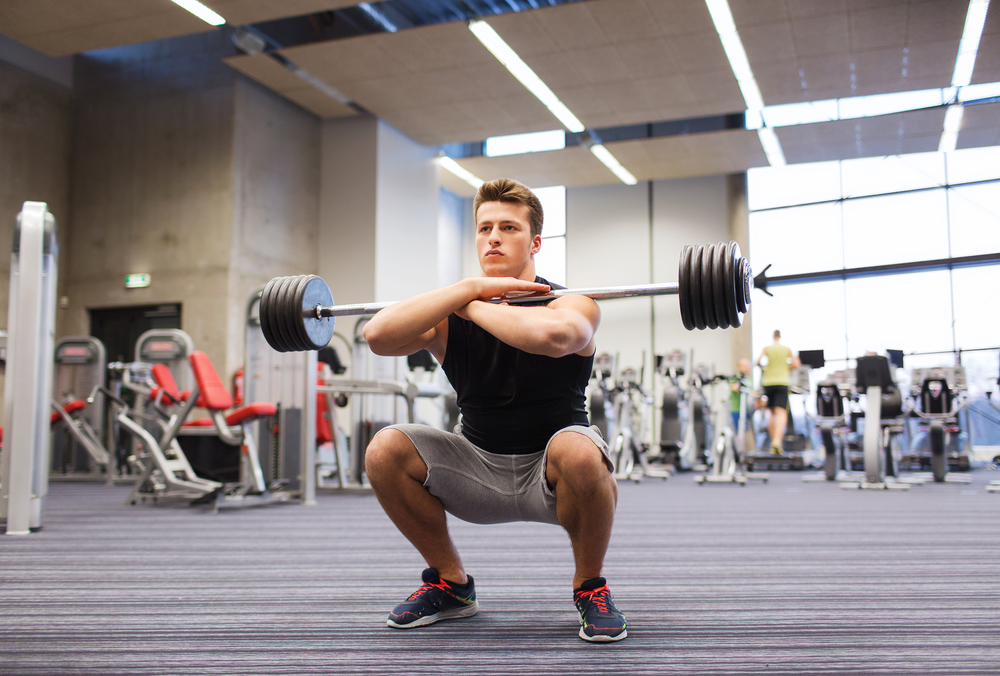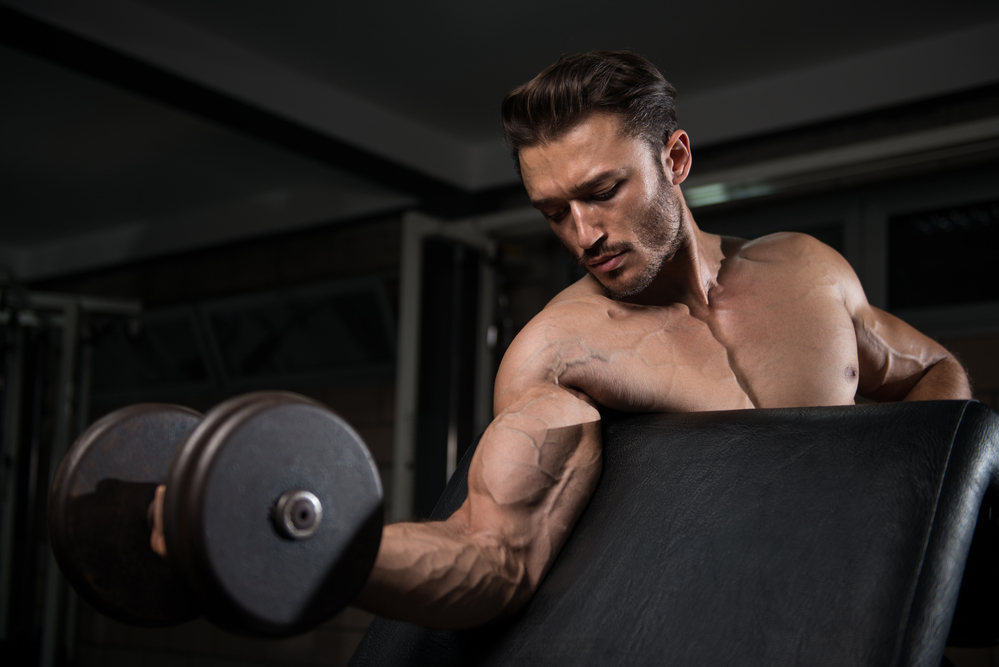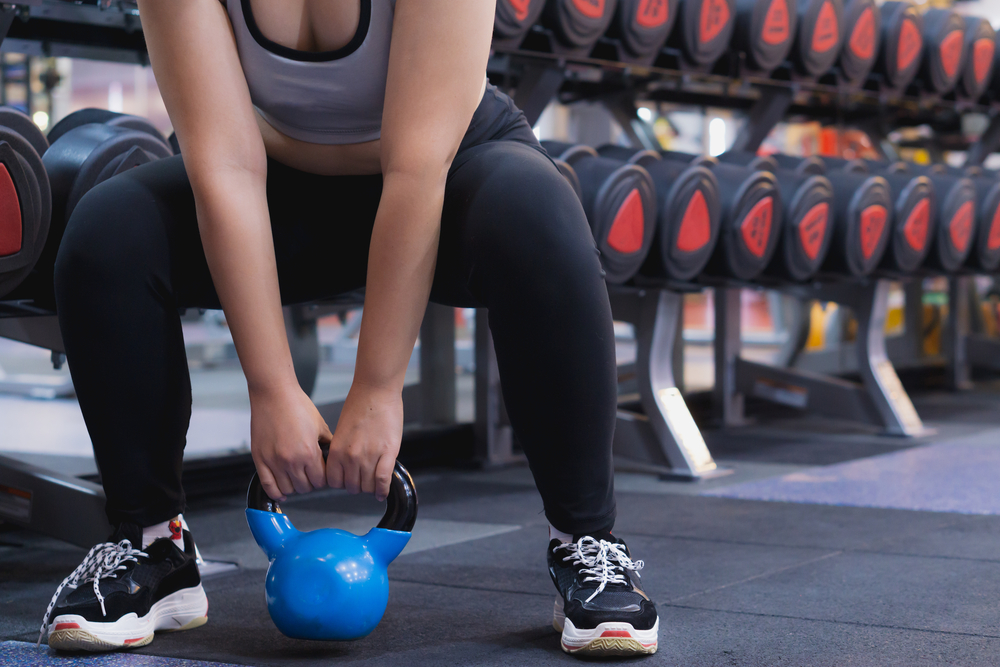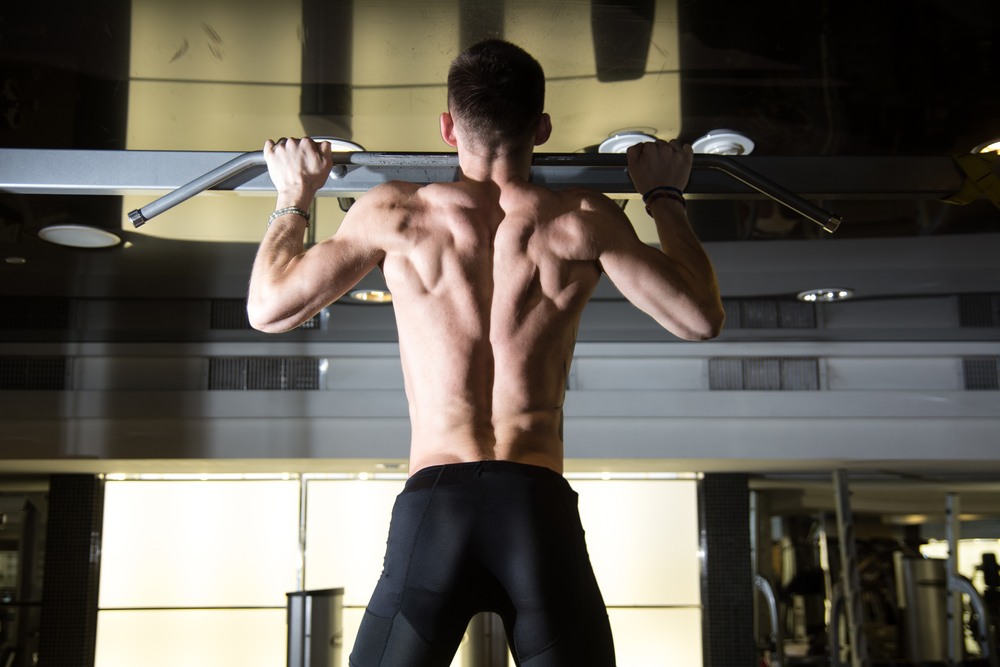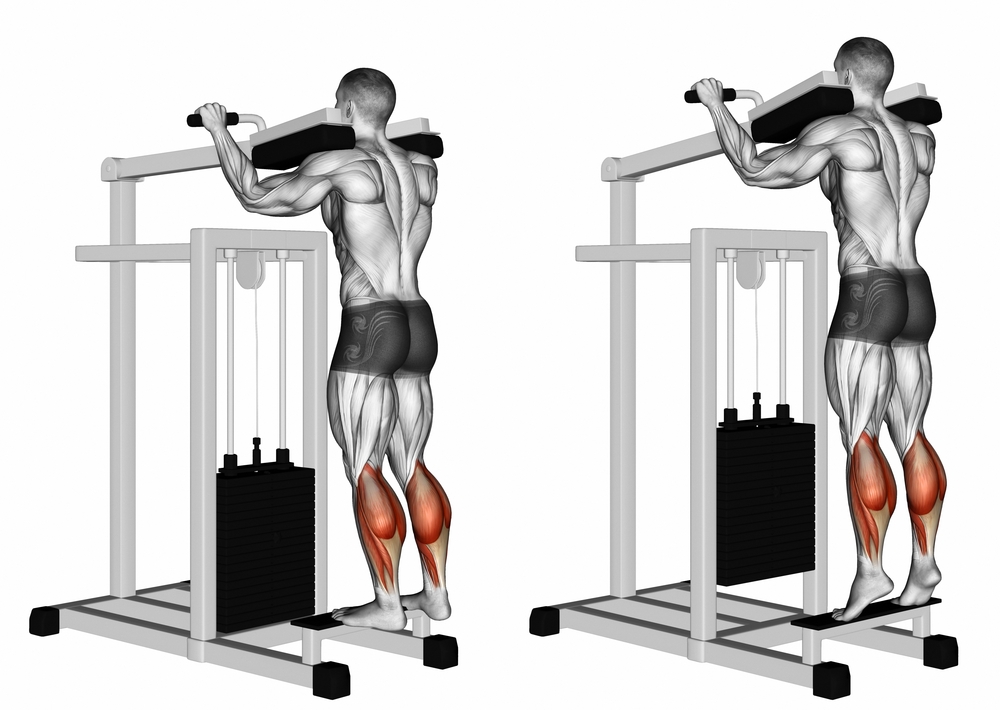
Table of Contents
Standing and seated calf raises are traditionally used in fitness and bodybuilding to train the calf and soleus muscles. The exercise is versatile and suitable for both the beginner and the experienced athlete. Calf raises can be performed with a variety of equipment in the gym or at home.
The effectiveness of a calf exercise essentially depends on two key parameters:
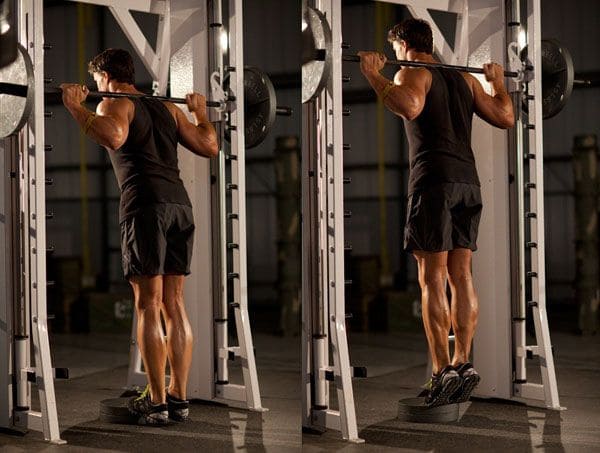
What muscles does the exercise target?
Any calf raises involve all the muscles in the lower leg. However, by slightly modifying the exercise, you can shift the load in one direction or another.
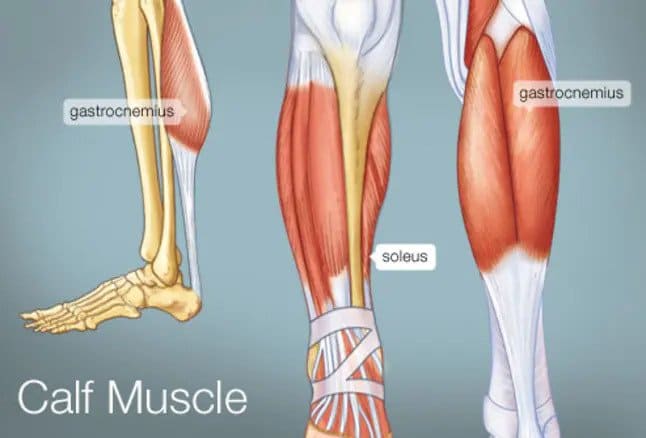
If you perform standing calf raises, by changing the position of your feet, you force different bundles of the calf muscles to work:
If you are doing seated calf raises, the soleus muscles are loaded as much as possible. They are located under the calf muscles and give the middle part of the lower leg volume.
Benefits and contraindications
In most cases, men work on the lower leg to increase its volume, as well as for better drawing of the leg muscles. Calf workout allows girls to raise the mid-calf, making the ankle more contoured. The proportions of the legs are improved. The knees look slimmer.
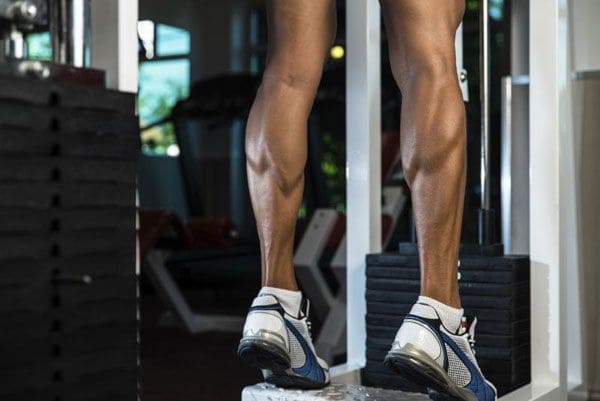
However, despite the benefits of the exercise, there are also several contraindications:
The exercise should not be performed if you have an ankle or Achilles tendon injury. Do a little stretch before starting your workout. Slowly do several repetitions without weight and at full amplitude.
In addition, caution should be taken when training the calf with varicose veins. Lifting weights without a doctor’s permission is prohibited.
Standing calf raises technique
You can perform standing calf raises with a variety of equipment. In particular, the exercise is done with a barbell, dumbbells, or in a simulator.
With a barbell
Working with free weights involves loading the calf muscles and activating the core stabilizers.
Grab the bar with a straight grip and raise the bar as if you are about to do a deadlift
Place your feet firmly shoulder-width apart
Gently lift yourself up on your toes, being careful not to lose your balance. Perform the desired number of reps
This exercise is quite difficult, it’s better to perform it first in the calf muscle complex.
With dumbbells
It’s easier to do standing calf raises with dumbbells than with a barbell. In particular, it is easier to keep your balance.
Take dumbbells and lower your arms to the sides of the body
Do the required number of reps
Let me remind you that standing calf raises can also be performed on one leg. In addition, it’s not necessary to take a dumbbell, barbell weight will do. With your free hand, you can lean on a wall or a stand of some kind of simulator.
Using the simulator
When using the simulator, the position of the body is fixed, which removes the load from the stabilizers. The load on the lower leg is more isolated.
Stand with your toes on the platform of the simulator and support its rollers with your shoulders
Lower your heels below the platform, and then raise your ankle as much as possible. This will stretch your calves more and increase the load. Do the required number of repetitions
You can do the exercises in different simulators. Some machines allow you to do bent-over calf raises. It’s easier than standing upright. There are many opportunities to load calves, focus on the mechanics of movement.
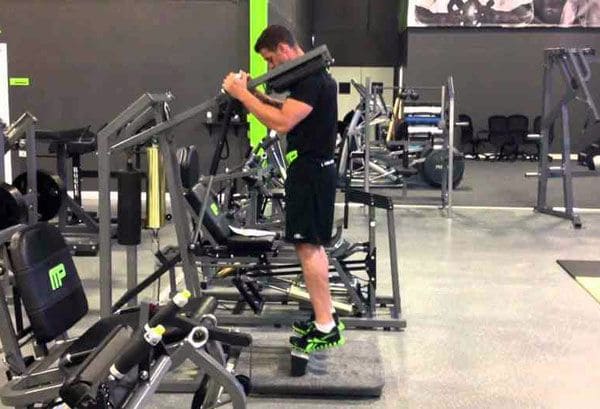
Seated calf raises technique
The seated calf raise, as mentioned above, shifts the emphasis of the load on the soleus muscles. The exercise is performed in a simulator with either a barbell or dumbbells on your knees.
Using the simulator
It’s pretty simple:
Set the required weight, sit in the machine, and put your knees under the rollers
Straighten and bend the ankle as many times as needed
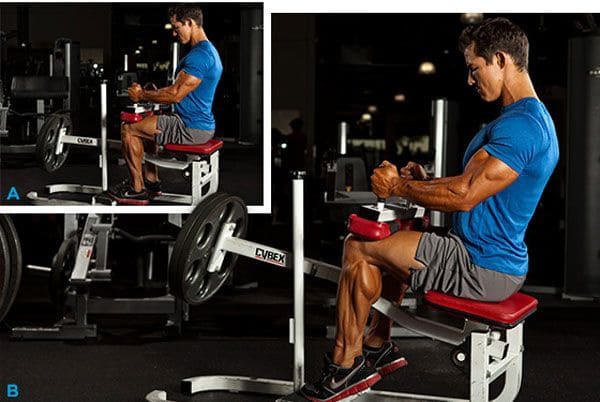
With free weight
When doing free weight raises, it is best to use the help of a companion.
Prepare a load of the required mass. Sit on a horizontal bench with your feet in front of you.
Ask your partner to place a weight on your lap. Taking weight on your own from a sitting position, as well as sitting with it, is not only inconvenient but also traumatic.
While supporting the weight with your hands, do the required number of reps.
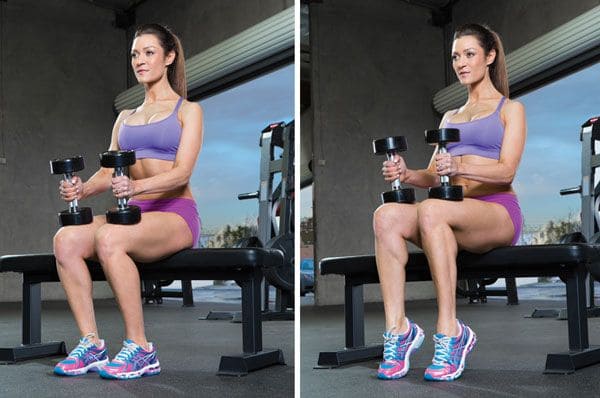
How many reps and sets should I do?
The number of reps and sets of calf exercises depends on your training goal and the weight you use.
If you’re weight training and doing a barbell exercise, do 8-10 reps in 3 sets. Calf raises with dumbbells or in the simulator can be done 12-15 times in 3-4 sets.
At the point of maximum effort, hold for 1-2 seconds – it’ll give the muscles maximum load.
Putting barbell weight or a small block under the forefoot of your feet will increase the range of motion, which means you’ll make the lower leg exercise more effective.
If your goal is to burn fat and tone your leg muscles, do 20-30 reps at a fast pace. The number of sets, in this case, is also 3-4.
Regardless of whether you are doing standing or seated calf raises, do not forget about stretching and warming up the muscles.



